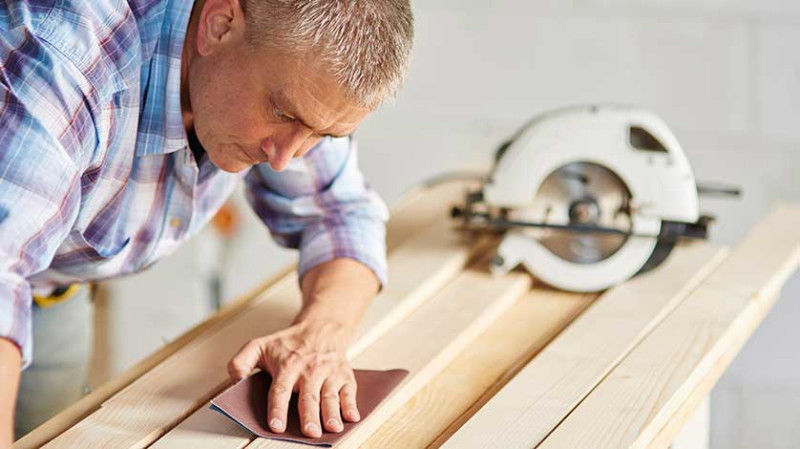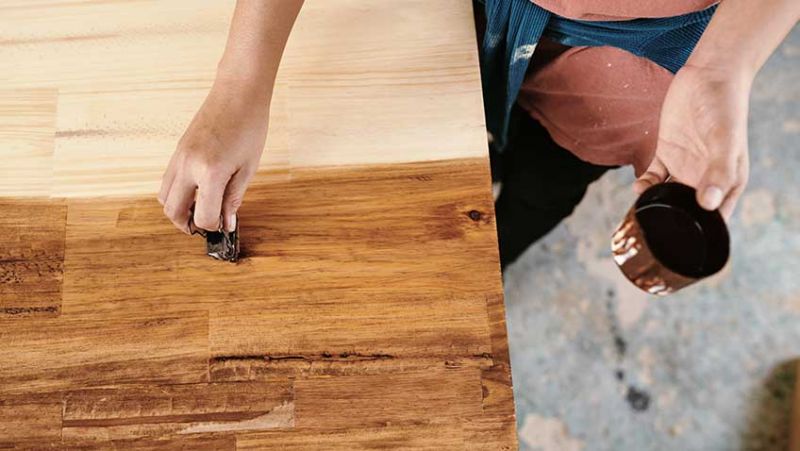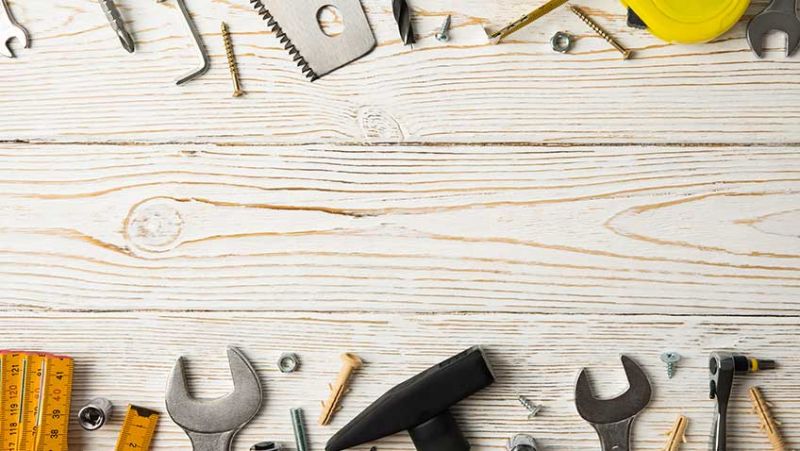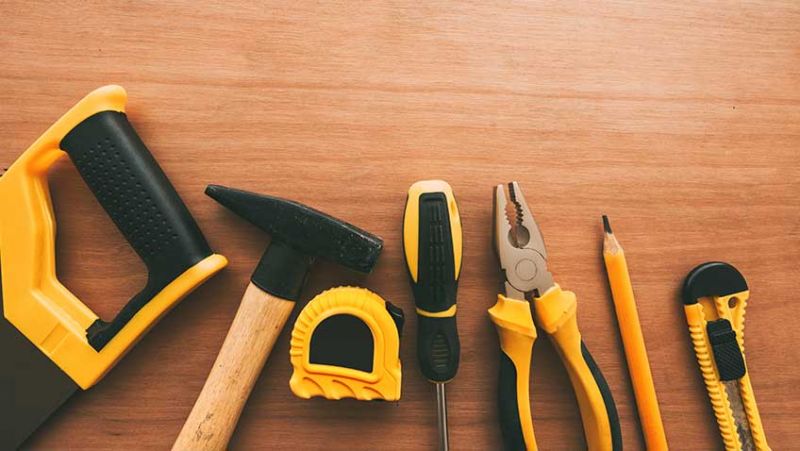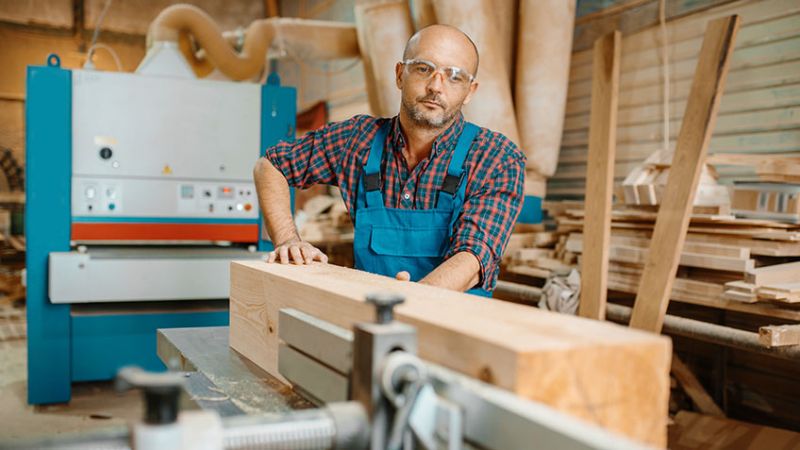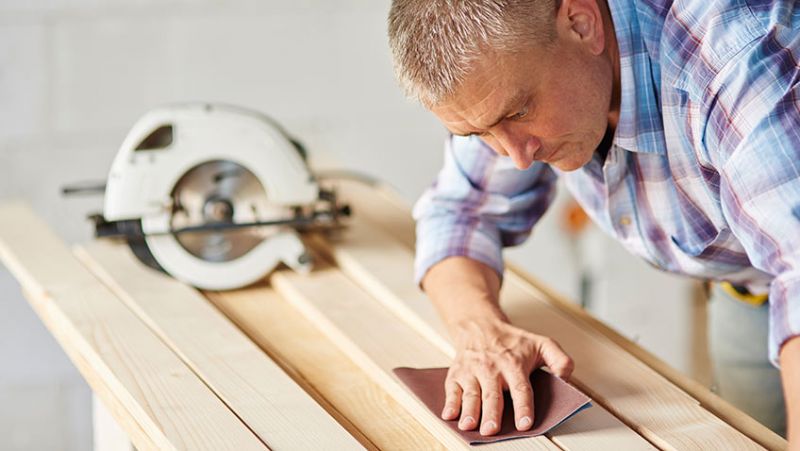
Carpentry is a trade that has been around for centuries. It is the process of constructing, repairing and maintaining wooden structures. While it may seem like a simple task, carpentry requires a lot of skill and knowledge to do properly. That's why we've gathered some of the best carpentry tips and tricks from the pros. So whether you're a beginner or a seasoned pro, these tips will help you get the job done right. Here are some of the best carpentry tips and tricks from the pros:
Always use sharp tools
It may seem like a no-brainer, but using dull tools is one of the main reasons why carpets end up with uneven cuts or tears. Not only does it make the job harder, but it can also be dangerous. So before you start any project, make sure your tools are sharp and in good condition.
Make sure your work area is well-lit
This will help you to see what you are doing and avoid any accidents. If you are working outside, try to find a shady spot to work in.
Measure twice, cut once
This old adage is true for any kind of woodworking, but it's especially important when working with power tools. Make sure your work area is well-lit so you can see what you're doing and avoid making any mistakes.
Use clamps to secure your workpiece
This will prevent it from moving around while you're working on it and will make your job much easier.
Sand your workpiece smooth
One of the most important aspects of carpentry is getting a smooth finish on your workpiece. This can be achieved by sanding the wood with progressively finer grits of sandpaper until you have a smooth surface. Start with coarse grit and work your way up to fine grit. Once you have a smooth surface, you can then finish it with a stain or paint of your choice.
Apply a finish to your workpiece
There are a few different ways to finish your carpentry project. The most common way is to apply a sealer or varnish. This will protect the wood from moisture and everyday wear and tear. It will also give it a nice shine. Another way to finish your project is to paint it. This is a good option if you want to add some color to your piece. Just make sure you use paint that is meant for wood.
If you want a more natural look, you can always just leave the wood unfinished. This is perfectly fine for many projects, such as birdhouses or plant stands. But if you're going to be using the piece outdoors, it's best to seal it or paint it to protect it from the elements. No matter what finish you choose, be sure to apply it evenly and allow it to dry completely before using your piece.
Be safety-conscious while working
Wear the proper attire for the job, including gloves, goggles and a dust mask. Also, make sure you are using the correct tools for the job at hand. Inspect your work area for hazards such as power lines, nails or other sharp objects that could cause injury. If you are working with power tools, always read the manufacturer's instructions carefully and follow all safety guidelines. Never leave tools lying around where someone could trip over them. Clean up your work area when you are finished to avoid potential accidents.
Practice makes perfect
This is especially true when it comes to carpentry. The more you do it, the better you'll get at it. So if you're just starting out, don't be discouraged if your first few projects don't turn out perfect. Just keep practising and you'll eventually get the hang of it. By following these tips, you'll be able to produce better carpentry results and avoid common mistakes. With practice, you'll become a skilled carpenter in no time.

